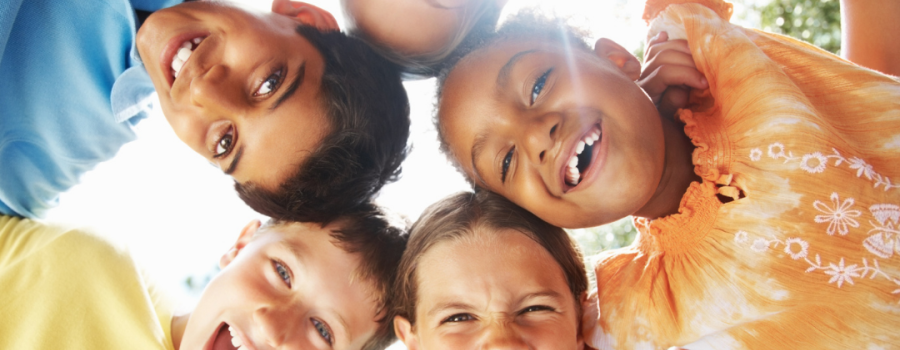When a child struggles with socializing, branching out into their school community, stress, and anxiety, it can be hard to know what can help. Recent studies show that a furry friend may be just the right thing. Whether they walk on four legs with a silky coat, fly around on colorful wings, or run on a wheel with tiny feet, welcoming a new friend to the family can make a child come out of their shell.
The purpose of a companion animal is to allow the child to “develop empathy, confidence, and social skills.”1 They can read to the animal, have a companion to do homework with, and they have an ear that will always be willing to listen. The pet also allows for an easy connection between child and parents. The joys of being a pet owner are immense and “various studies have shown that having pets may be associated with improved mental and physical health and that even short-term interactions with animals may have benefits.”1
Having an animal in the home results in a variety of changes for the child – they now have a constant companion and are responsible for another living thing. This also helps the child become more responsible for themself as they have someone else counting on them for food, love, and affection.
Adding an animal to the home is a serious consideration. Most animals have a lengthy lifespan and can grow with your child as they learn to provide love and care throughout the animal’s life. Consider all scenarios before welcoming an animal into the home; look at how the additional family member will affect everyone, not just the child.
For more information on animal companionship, speak to your primary care physician or your psychologist to see if it would benefit your child.
Source Articles
1 Animal Companionship
http://www.apa.org/monitor/2017/06/animal-companionship.aspx
